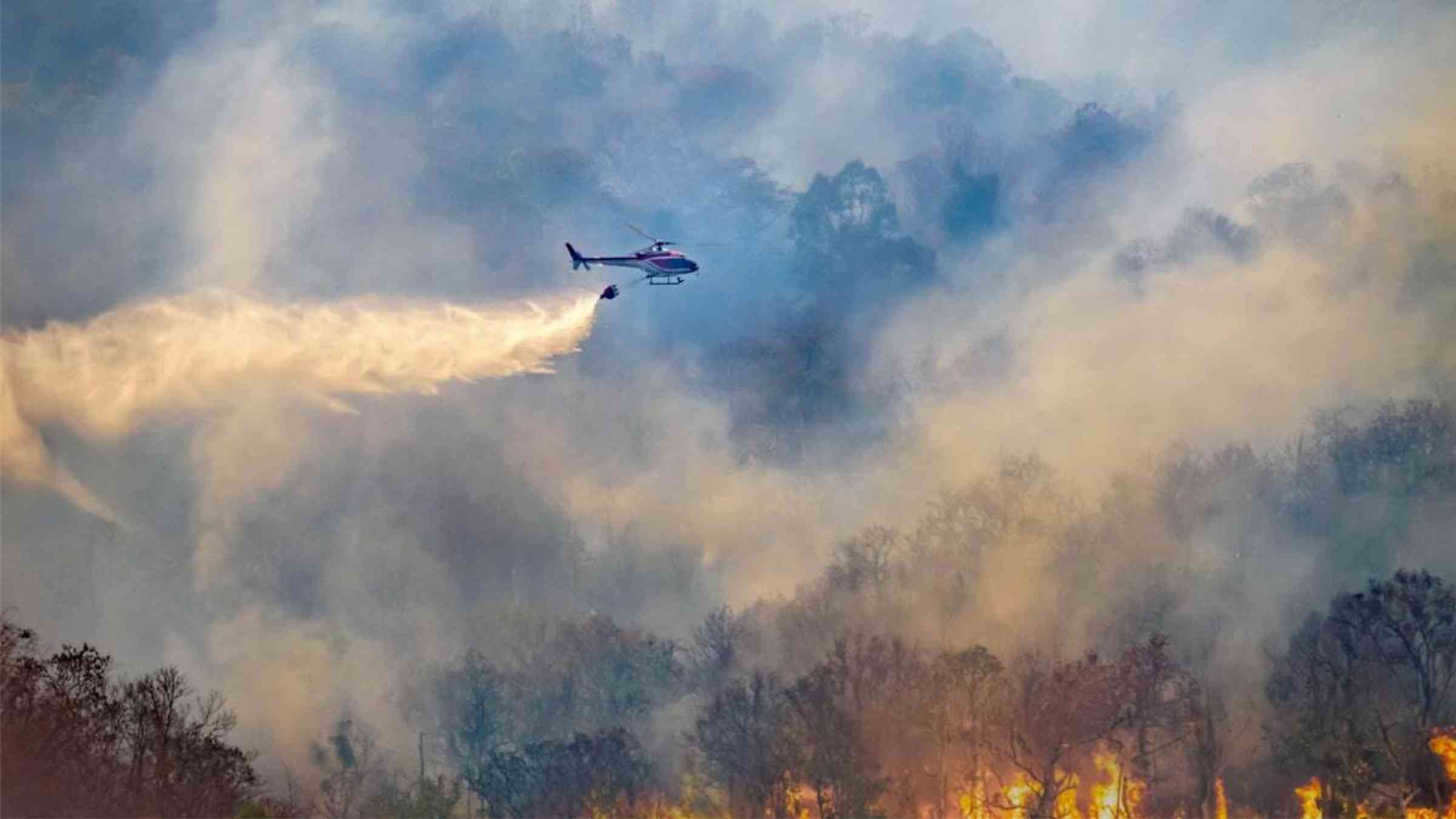Research shows heat, drought and fire risk are increasing in South America

The number of days per year that are simultaneously extremely hot, dry, and have a high fire risk have as much as tripled since 1970 in some parts of South America.
South America is warming at a similar rate to the global average. However, some regions of the subcontinent are more at risk of the co-occurrence of multiple climate extremes. These compound extremes can have amplified impacts on ecosystems, economy, and human health.
[...]
There were particularly high increases-from fewer than 20, to as many as 70 days per year-around the Venezuela-Colombia border, in the northern Amazon, and in the north of the Río de la Plata basin in central South America. The authors also found that there was an increase in the variability of these simultaneous events from year to year over the past five decades.
The authors additionally found that the likelihood of the compound conditions occurring on a regional basis was affected by the El Niño-Southern Oscillation. During the warm El Niño phase, fire risk increased in the northern Amazon region, while the cooler La Niña phase led to increased fire risk in central South America.
[...]